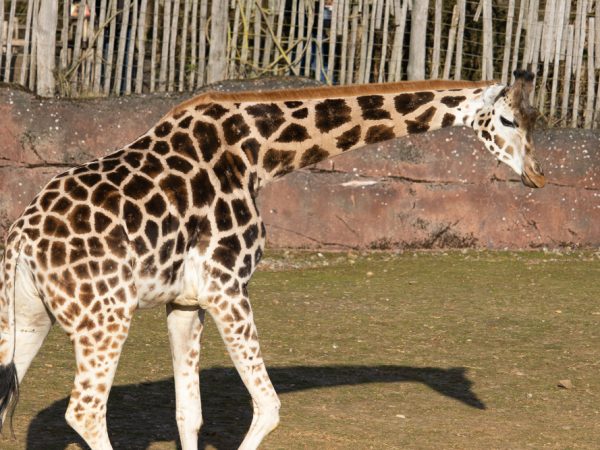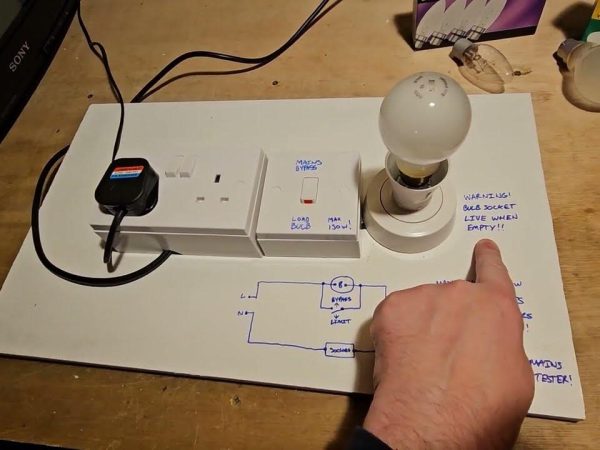Ahu Akahanga: 10 Fascinating Facts About This Sacred Site

Easter Island, or Rapa Nui, is renowned for its mysterious Moai statues and sacred archaeological sites. Among these, Ahu Akahanga stands out as a fascinating testament to the island’s rich history and cultural legacy. Situated on the southern coast of Easter Island, this site tells an intriguing story of ancient craftsmanship, tradition, and mythology. In this article, we delve into 10 fascinating facts about Ahu Akahanga, shedding light on its cultural and historical significance.
1. Ahu Akahanga Is Known as the “Platform of the King”
Ahu Akahanga is often referred to as the “Platform of the King” due to its connection with Hotu Matu’a, the legendary first king of Rapa Nui. Local legends suggest that Hotu Matu’a’s grave is located nearby, making the site deeply significant to the island’s early history and cultural identity.
The connection to royalty enhances the sacred nature of Ahu Akahanga, as it’s believed to be a site where important rituals were conducted to honor ancestors and the gods.
2. It Features an Unrestored Moai Platform
Unlike other sites on Easter Island where the Moai statues have been re-erected, Ahu Akahanga remains in an unrestored state. The toppled Moai scattered across the site offer a raw and authentic glimpse into the island’s turbulent past, including the conflicts that led to the statues being pushed over.
This untouched state gives visitors a sense of what the site might have looked like during the decline of Rapa Nui’s ancient civilization.
3. The Site Includes Multiple Ahu (Platforms)
Ahu Akahanga is unique because it features four separate ahu, or ceremonial platforms. Each platform once held several Moai statues, and the site is believed to have been a major ceremonial center. The presence of multiple ahu demonstrates the site’s importance in the social and religious life of ancient Rapa Nui.
The layout of the ahu also reflects the meticulous planning and engineering skills of the Rapa Nui people, who aligned these structures with celestial and environmental markers.
4. It Offers Insight into Ancient Village Life
Near the ceremonial platforms, remnants of an ancient village can be found. These include stone houses, ovens, and other structures that provide valuable insight into how the Rapa Nui people lived. Archaeologists have studied these remains to understand the daily lives, dietary habits, and social organization of the island’s early inhabitants.
The proximity of the village to the ceremonial platforms indicates the close relationship between religious practices and community life.
5. Ahu Akahanga Is Home to Fallen Moai Statues
The site’s most striking feature is its array of fallen Moai statues. These enigmatic figures, carved from volcanic tuff, once stood proudly on the ceremonial platforms, facing inland to watch over the village. Their toppled state is a stark reminder of the island’s complex history, including periods of social upheaval and environmental challenges.
The fallen Moai at Ahu Akahanga offer a poignant view of the island’s cultural decline, which many attribute to resource depletion and internal conflict.
6. It Highlights the Craftsmanship of the Rapa Nui People
Despite their toppled state, the Moai statues at Ahu Akahanga showcase the incredible craftsmanship of the Rapa Nui people. The detailed carving, the precise shaping of the statues, and the construction of the ahu platforms all reflect advanced engineering and artistic skills.
Visitors to the site can marvel at the sheer scale and complexity of these works, which were created without modern tools or machinery.
7. It’s Located Along the Coastal Road
Ahu Akahanga is easily accessible as it lies along the coastal road that encircles Easter Island. Its location offers stunning views of the Pacific Ocean, adding to the site’s mystique and beauty. The coastal setting also reflects the Rapa Nui people’s deep connection to the sea, which was central to their livelihood and culture.
The dramatic contrast between the serene ocean and the ancient ruins makes Ahu Akahanga a memorable stop for visitors exploring the island.
8. The Site Holds Astronomical Significance
Like many other archaeological sites on Easter Island, Ahu Akahanga is thought to have astronomical significance. Researchers believe that the alignment of the ahu platforms and the positioning of the Moai were influenced by celestial events such as solstices and equinoxes.
This connection to the stars underscores the Rapa Nui people’s sophisticated understanding of astronomy and their efforts to incorporate it into their spiritual practices.
9. It’s Part of a UNESCO World Heritage Site
Ahu Akahanga is included in the Rapa Nui National Park, which was designated a UNESCO World Heritage Site in 1995. This recognition highlights the global importance of preserving the island’s unique cultural and historical heritage.
As part of the national park, Ahu Akahanga is protected and managed to ensure its preservation for future generations. Visitors are encouraged to respect the site and follow guidelines to minimize their impact.
10. It’s a Place of Reflection and Reverence
For many visitors, Ahu Akahanga is more than just an archaeological site—it’s a place of reflection and reverence. The site’s connection to ancient traditions, its mysterious fallen Moai, and its serene coastal setting create a sense of awe and wonder.
Whether you’re a history enthusiast, a spiritual seeker, or simply a curious traveler, Ahu Akahanga offers a unique opportunity to connect with the profound legacy of the Rapa Nui people.
Conclusion
Ahu Akahanga is a captivating destination that offers a window into the rich history and culture of Easter Island. From its connection to the island’s first king to its fallen Moai and ancient village remains, the site is a treasure trove of stories waiting to be uncovered. Visiting Ahu Akahanga is a chance to step back in time, marvel at the ingenuity of the Rapa Nui people, and reflect on the enduring mysteries of this sacred site.
FAQs
1. What does Ahu Akahanga mean?
Ahu Akahanga translates to the “Platform of the King,” referring to its association with Hotu Matu’a, the legendary first king of Easter Island.
2. Why are the Moai statues at Ahu Akahanga toppled?
The Moai were likely toppled during periods of social conflict and environmental decline on the island, which disrupted traditional practices and governance.
3. Can I visit Ahu Akahanga?
Yes, Ahu Akahanga is part of the Rapa Nui National Park and is accessible to visitors. Guided tours often include this site as part of their itinerary.
4. What makes Ahu Akahanga unique compared to other sites on Easter Island?
Ahu Akahanga is unique due to its unrestored state, multiple ceremonial platforms, and connection to Hotu Matu’a. It also features remnants of an ancient village, providing insights into daily life on the island.
5. How can I ensure I respect the site during my visit?
To respect Ahu Akahanga, follow all park guidelines, stay on designated paths, avoid touching the Moai or other structures, and take only photographs. Respect for the site helps preserve it for future generations.
Also read : Sossusvlei Namibia: 10 Epic Tips for a Perfect Visit











